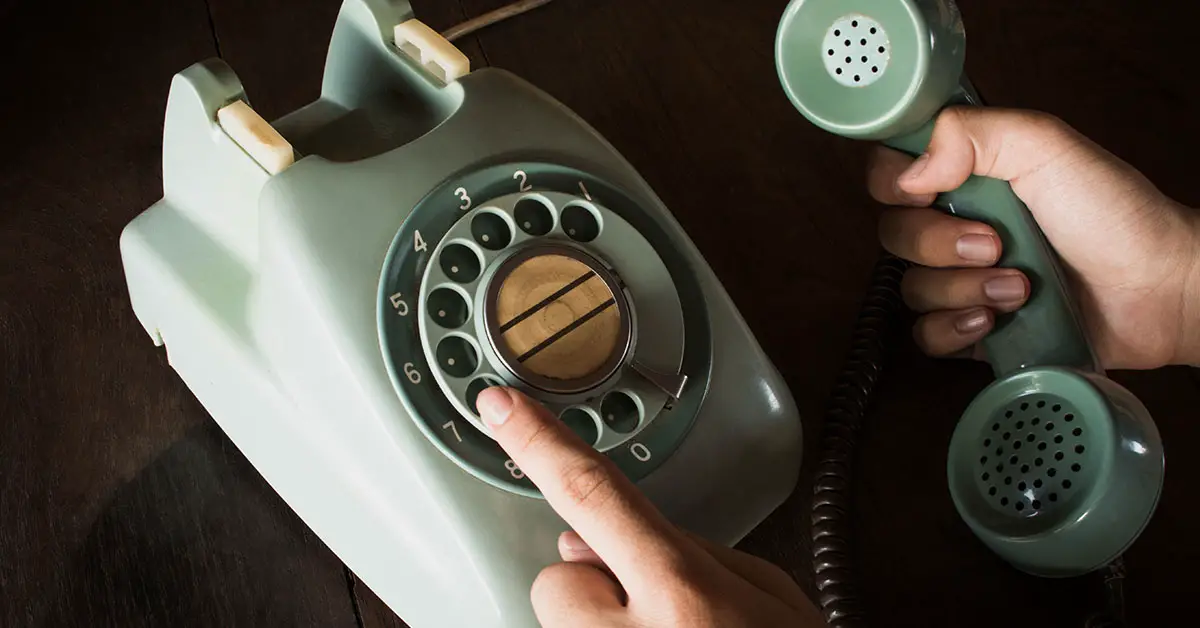As generations, Baby Boomers and Generation Z have had very different experiences. This is because the cultural, technical, and social landscapes of their times were very different. Baby Boomers, who were born between the end of World War II and the early 1960s, grew up in a world that was changing quickly. From the tensions of the Cold War to the civil rights movement, from the arrival of color TV to the rise of rock ‘n’ roll, the world was always changing. In the digital age ruled by Generation Z, the things they did, the tools they used, and the rules they followed seemed almost silly to them back then. This book looks at a number of short stories from the time of the Baby Boomers. Each one shows a different side of life without computers, the internet, or on-demand entertainment, showing how those things affected a generation.
1. Saturday Morning Cartoons
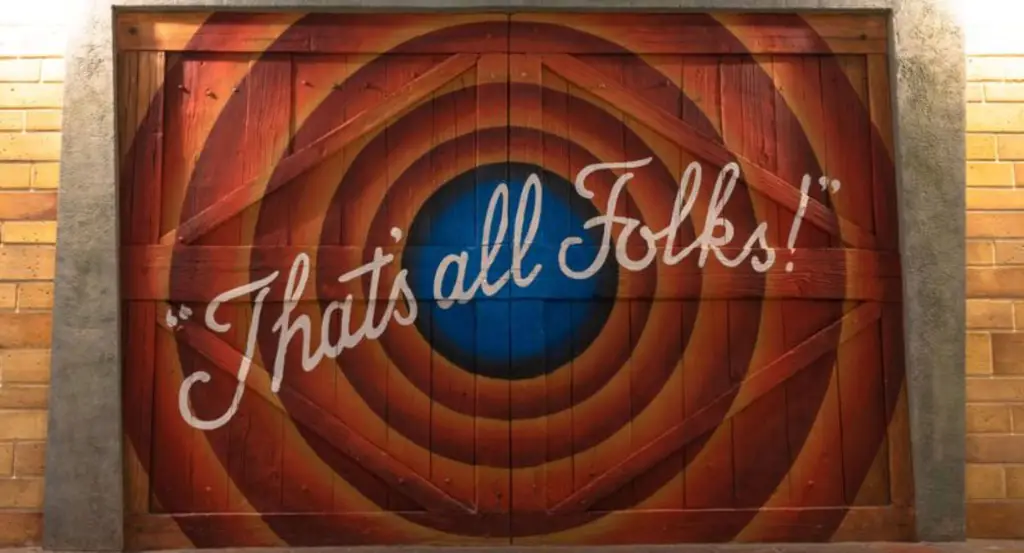
Many Boomers looked forward to Saturday morning cartoons every week and watched them in their jammies with a bowl of cereal. In the United States, this block of animated shows for kids was a regular part of TV. It included both fun and sometimes useful shows. Saturday mornings were fun because you had to watch these cartoons as they played without being able to pause or record them. With 24/7 kids’ channels and streaming services, this shared experience has diminished. It has been replaced by on-demand watching, which lacks the shared excitement of anticipating favorite shows for a whole week.
2. Video Rental Stores
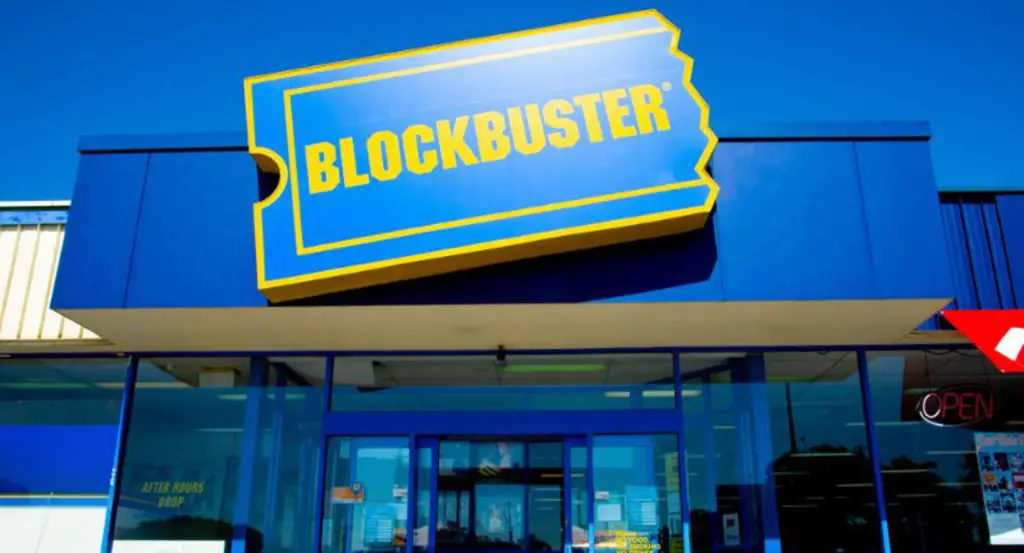
Many people loved going to video rental stores as a way to spend their free time. There were so many movies and video games in these shops that it was like a treasure trove. They had everything from new releases to old favorites. People would look through the aisles, pick out what they wanted, and then return it by the due date to escape being charged extra for being late. The physical contact with media, the conversations with staff to get suggestions, and the excitement of looking forward to watching a chosen movie have mostly been replaced by digital streaming services.
Read More: 40+ Things That Are Socially Acceptable, But Just for 1 Gender
3. Payphones
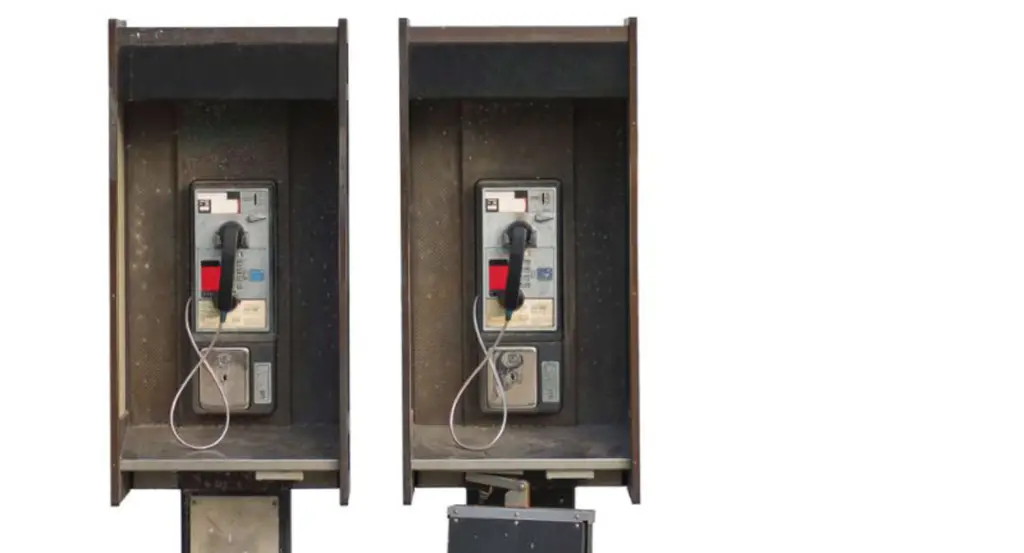
Before cell phones became so popular, people often used payphones to make calls when they weren’t at home or at work. These phones were set up in public places like shopping malls, gas stations, and street corners. To use them, you had to insert coins or, later, credit cards. In an emergency, finding a payphone to make an important call could be a very important job that needs to be done right away. This way of talking is almost completely useless these days; it reminds me of a time when keeping in touch took more work and planning than it does now, when you can just pull out your phone and connect.
4. Cursive Writing

Cursive writing used to be a big part of elementary school. Kids spent hours learning how to connect letters in a beautiful, smooth way. People thought this style of handwriting was necessary for both personal and business letters. Even though it looks nicer, cursive writing isn’t used as much these days because schools prefer to focus on keyboarding skills. The change is a reflection of larger changes in how people communicate. Keyboards and screens are replacing pens and paper, which is a big change from writing by hand.
5. Color TV
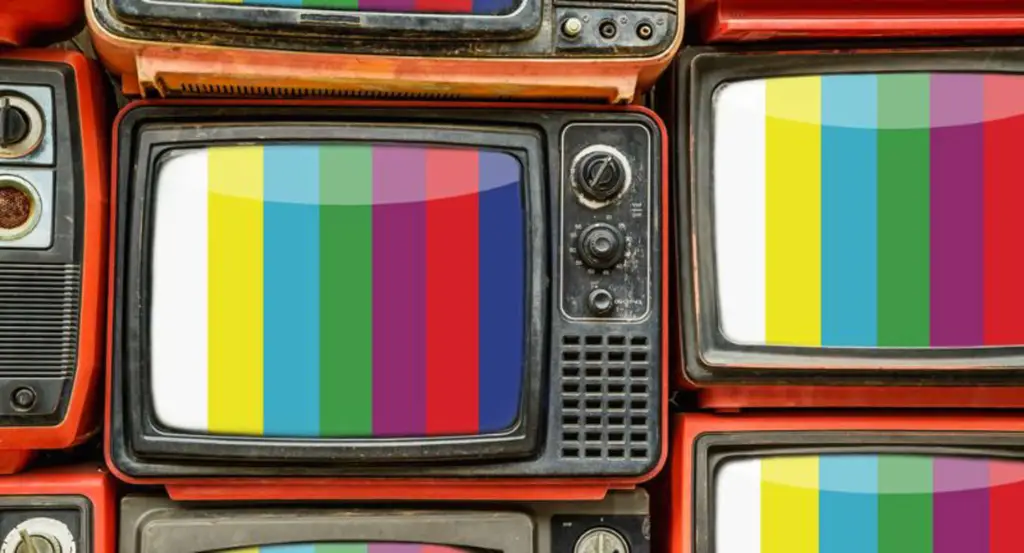
The change from black-and-white to color TV was a huge step forward in both technology and culture. At first, color TVs were expensive, and not many people could afford them. This meant that watching a show in color was an event in and of itself. As the technology got easier to get and color broadcasting became common, it changed the way people watched TV by making shows more vivid and adding a new dimension to them. This change not only affected how people watched and read media, but it also had long-lasting effects on advertising, film, and TV creation, paving the way for the wide range of visual media we enjoy today.
6. Smoking In Public Places
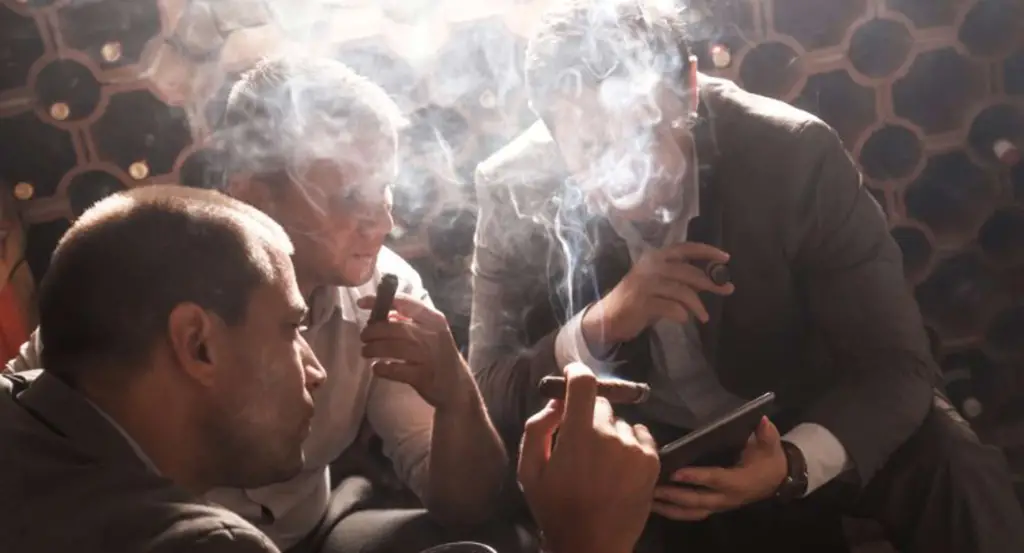
For people in the Boomer age, smoking in public places was just part of everyday life. People used to smoke indoors all the time, in places like restaurants, bars, businesses, and even on airplanes. Designated smoking areas didn’t come about until much later. Not only was this behavior socially acceptable, it was also highly advertised. There weren’t many rules about advertising or health warnings like there are now. People are becoming more aware of health threats and smoking bans, which shows that people’s views on public health and personal well-being have changed significantly.
7. Library Card Catalogs

Library Card Catalogs were the main way to find books and other tools in libraries before digital databases came along. There were cards for each book in these big wooden cabinets with lots of small drawers. The cards were organized by author, title, and theme. Customers would have to look through these cards by hand to find a book on the library shelves. This process, which took a lot of time, was an important part of going to the library. It encouraged a sense of finding and exploration that is different from how instant online search works today.
Read More: Madonna says the world is ‘threatened’ by her power and intelligence
8. Atlases and Maps
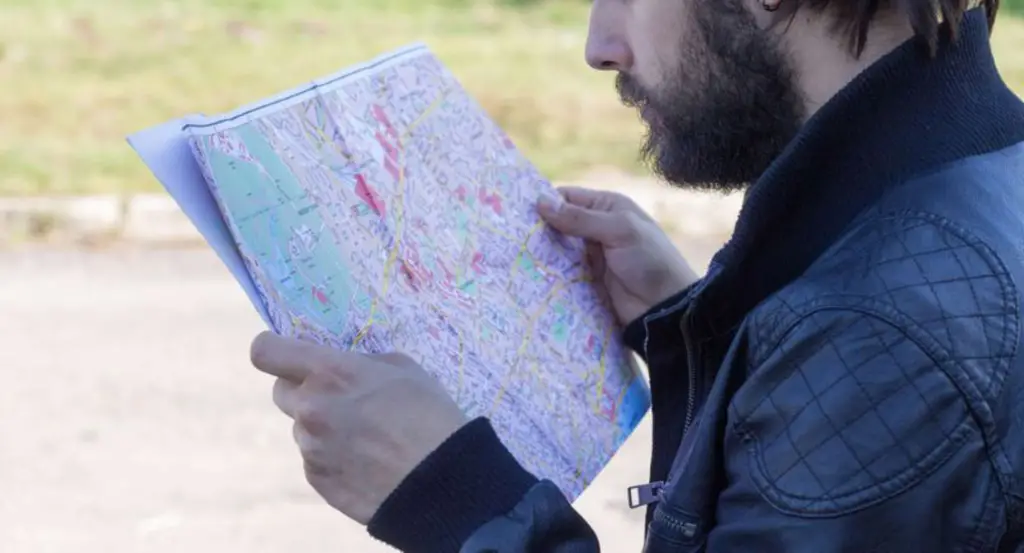
Before GPS and digital guidance, Physical Maps and Atlases were important for exploring and traveling. People who drove would keep folded road maps in their glove boxes and use them to find their way or plan their trip. Tourists used city maps and atlases to find their way around places they were unfamiliar with. These maps often marked routes or targets with colored lines. People learned how to read and understand these maps because they had to. It’s a very different experience from today, when people rely on real-time, turn-by-turn computer directions.
9. 1970s Gas Crisis

People in the United States were deeply affected by the gas crisis of the 1970s. It caused long lines at gas stations and significant changes to energy laws. The crisis made the country’s reliance on oil from other countries clear, which led to a push for energy saving and the creation of new fuel sources. It also changed how cars were made, with a new focus on smaller, more fuel-efficient cars. This time of lack and anger changed people’s buying habits and how the government ran things, forever changing how the country handled its economy and the environment.
Read More: Sorry Millennials, But Only People Over 40 Will Be Able To Pass This Quiz
10. Discos

The disco era was a time of lively dance, music, and dress that made the 1970s nightlife what it was. With their mirror balls and dance floors, discos became cultural hubs where people could easily express themselves through dance. The upbeat beat and rhythmic basslines of the music brought together people from different backgrounds to celebrate. This time in music history not only shaped later types of music, but it was also a major cultural trend that praised happiness and escape.
11. Film Camera
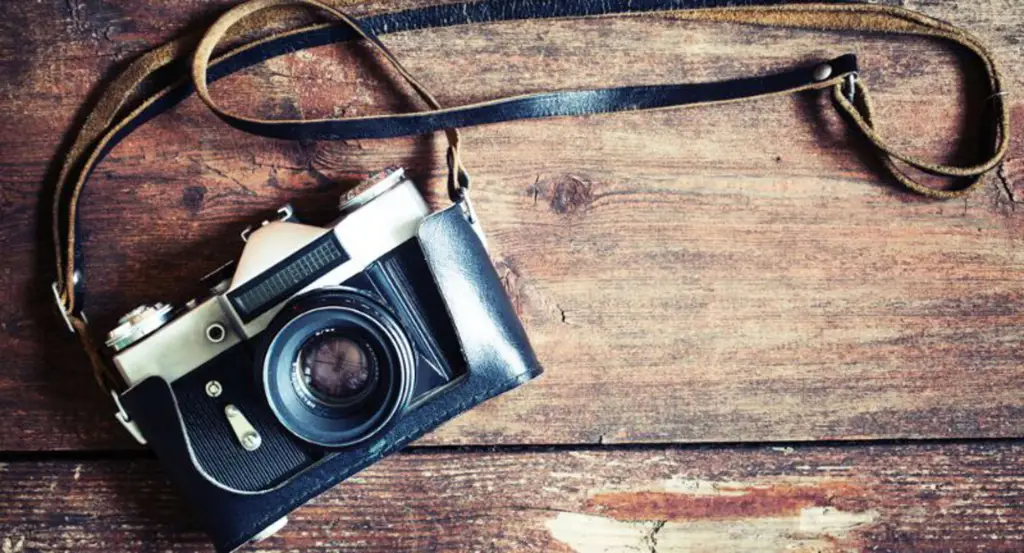
Film cameras required a lot of skill and patience because shooters could only take a certain number of pictures on each roll and couldn’t see the results of their work right away. When the film was developed, it added a sense of surprise and anticipation, showing moments frozen in time. This real-world approach to photography made the process more deliberate and thoughtful, and each shot was seen as valuable. On the other hand, digital photography has made it easier to get pictures, but it has also made people take more pictures without thinking about each one.
12. The Rise of TV
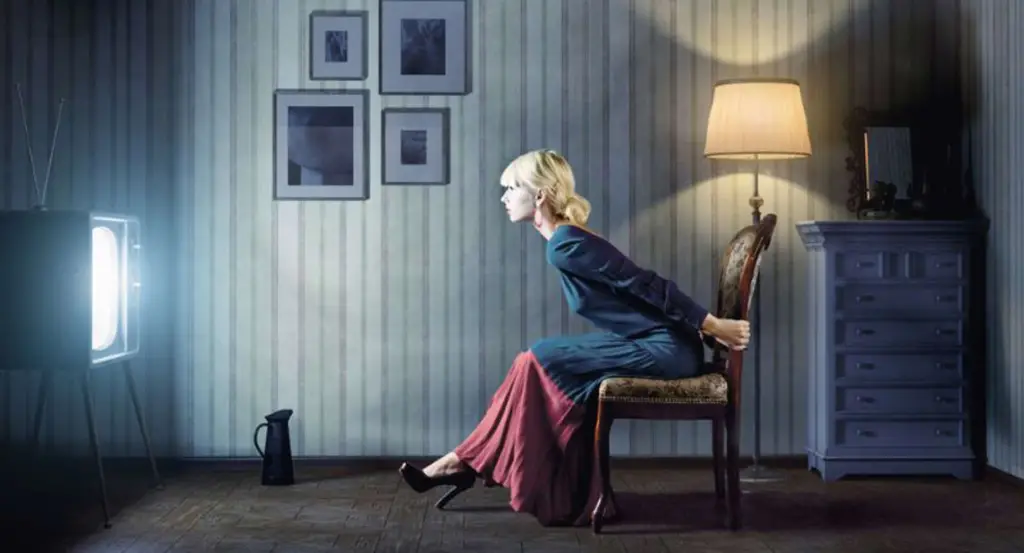
The boomer group went through a lot of changes when TV became popular and became a mainstay in homes. It started a new age of entertainment and news, letting families watch shows together in their living rooms and learn about important events. People all over the country watched live broadcasts of events like the moon landing and presidential speeches, which helped to bring people together and change public opinion. Television changed culture and society in ways that were unimaginable before it became a strong way to tell stories and get news.
13. Cassette Tapes
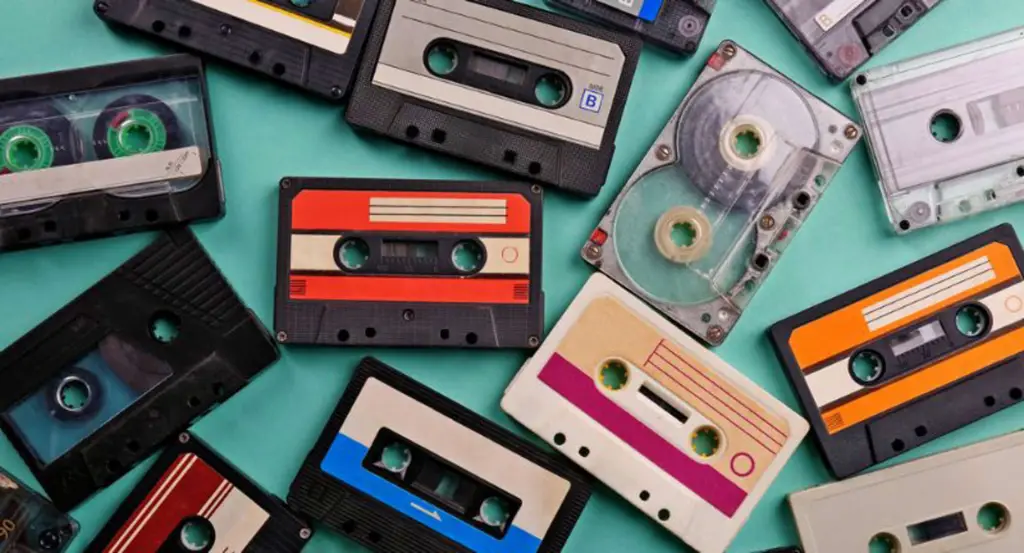
People could record, share, and listen to music on the go with cassette tapes, which changed the way people made personal audio. Making a mixtape for someone was a thoughtful and personal act that required careful choice of songs that fit a theme or showed how you felt. Tapes could easily get twisted or broken and would need to be carefully fixed with a pencil to wind back into place. People used to connect with music more directly when they had cassette players. These days, people use playlists instead of mixtapes when they stream music digitally.
14. Handwritten Letters
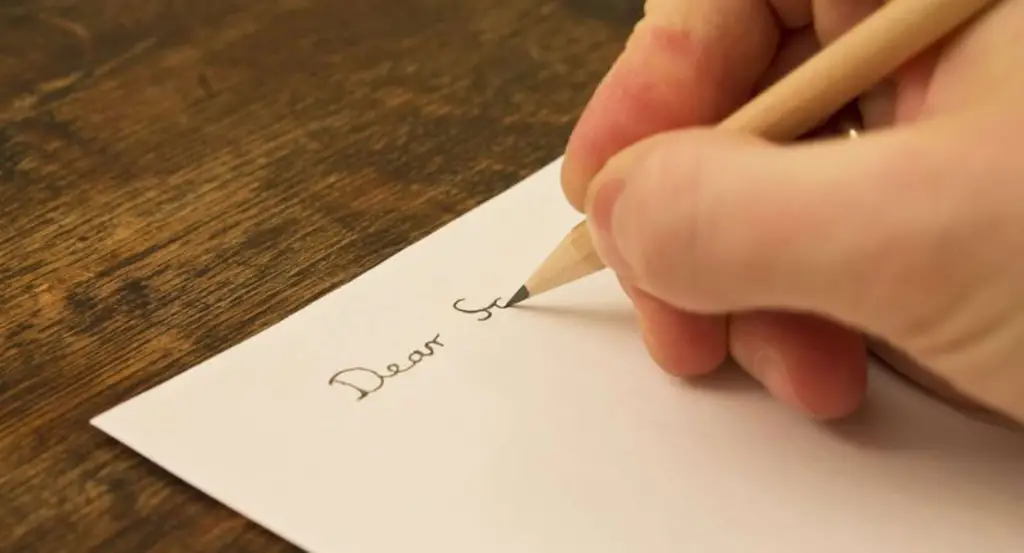
Letters written by hand were once the main way people talked to each other across long distances. They were loved for their personal touch and sense of connection between writer and receiver. While writing, sealing, and sending a letter took time and work, getting mail was an even more special experience. This way of talking created an air of excitement and anticipation that electronic texts have a hard time matching, in a world where rapid messaging rules, writing letters and being patient with them reminds us of a time when things moved more slowly.
Read More: Millennials Share 29 Things Generation Z Doesn’t Know About, And It Will Make You Feel Old
15. Civil Rights Movement
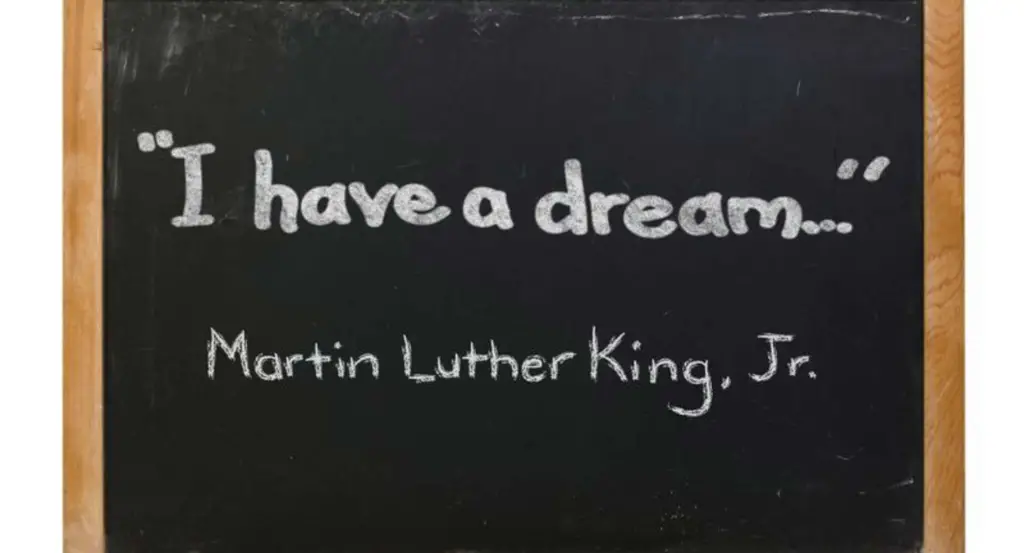
For people born after 1960, the Civil Rights Movement was a turning point in the fight for racial equality. It saw a lot of important battles and victories. Landmark events, like the March on Washington and the passing of the Civil Rights Act of 1964, were big changes that changed the way people lived in the United States. Boomers lived through the rise of powerful leaders like Martin Luther King Jr., whose words and deeds motivated people all over the country to fight against injustice. The movement had an effect that went beyond its original goals. It set the stage for future social justice groups and changed the course of American history.
16. Vietnam War
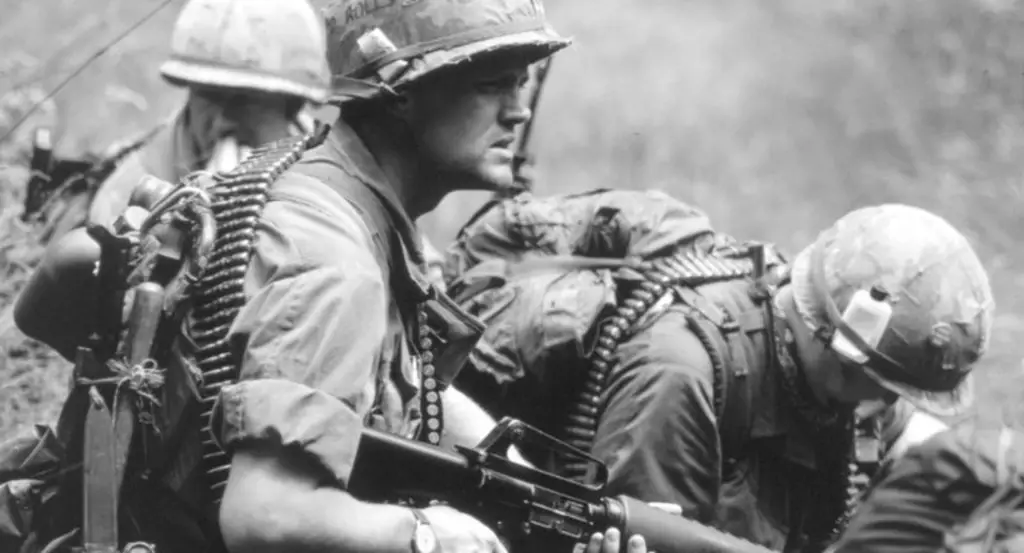
Young men were forced to join the military through a lottery system during the Vietnam War. For many in the boomer generation, this was a defining and often painful experience. The doubt and fear of being drafted, along with the fact that the Vietnam War was very controversial, caused a lot of protests and a big rift in society. A lot of families had loved ones sent to fight in a war that was becoming more and more seen as unfair and impossible to win. The draft and the Vietnam War had a long effect on American society. They changed how people felt about serving in the military and trusting the government for decades.
17. Limited TV Channels
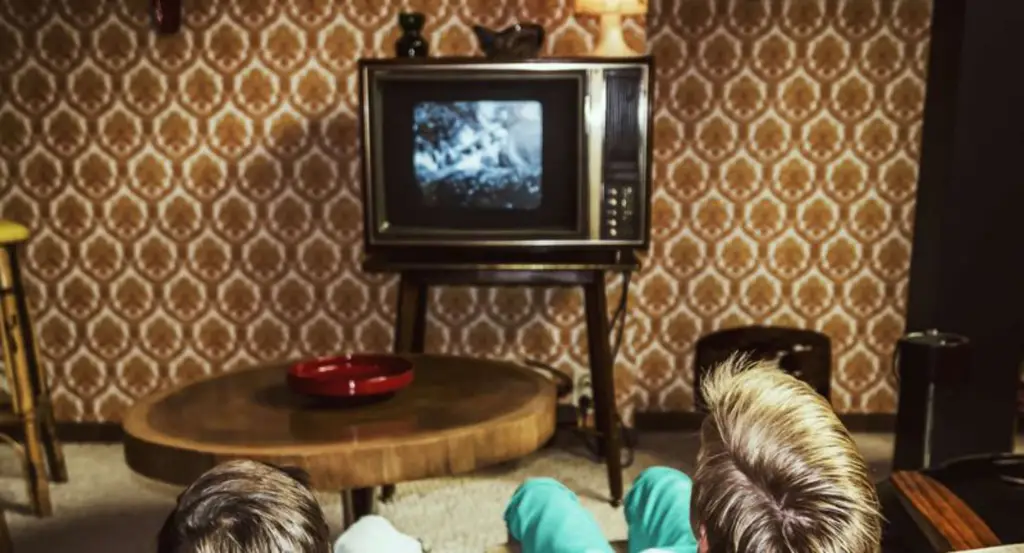
In the early days of TV, people could only watch a few channels. These days, cable and online services let people watch hundreds of channels. Because of this restriction, groups of people often watched the same shows and talked about the same culture references. Things like the moon landing and presidential addresses that were shown on TV were shared experiences that caught the attention of a large part of the people. Waiting for a favorite show to run at a certain time and date created a sense of excitement and event viewing that isn’t seen as much these days when people watch a lot of shows at once.
18. Record Players
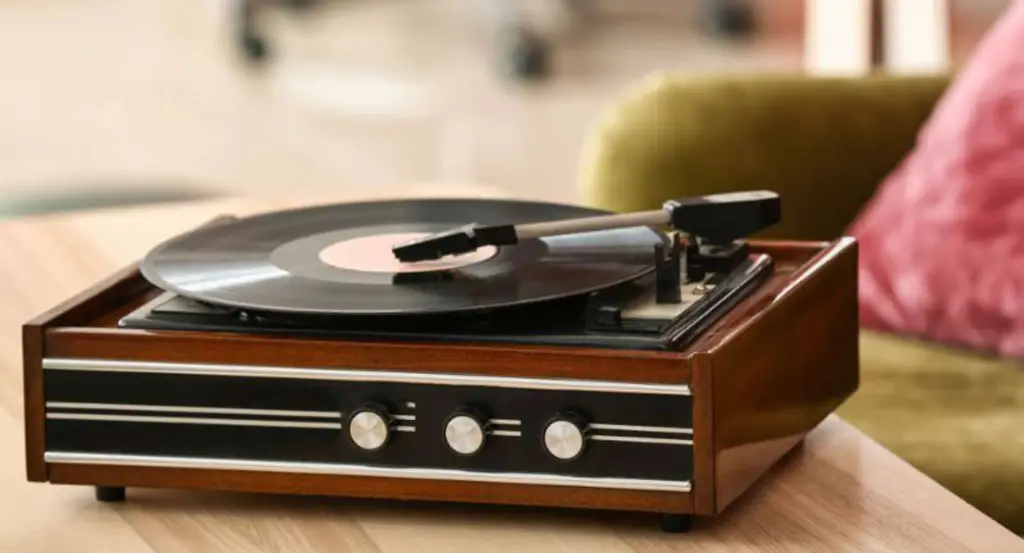
Before digital media came along, the main ways to listen to music were on record players and vinyl tracks. Picking out a record, putting it on the turntable, and carefully dropping the needle made listening to music feel personal and physical. Vinyl fans liked the artwork and liner notes that came with each record, which are things that are often lost when albums are converted to digital formats. Even though vinyl is becoming more popular again, only older generations can remember what it was like to grow up with records as the main way to listen to music.
19. Watching the Moon Landing on TV Live
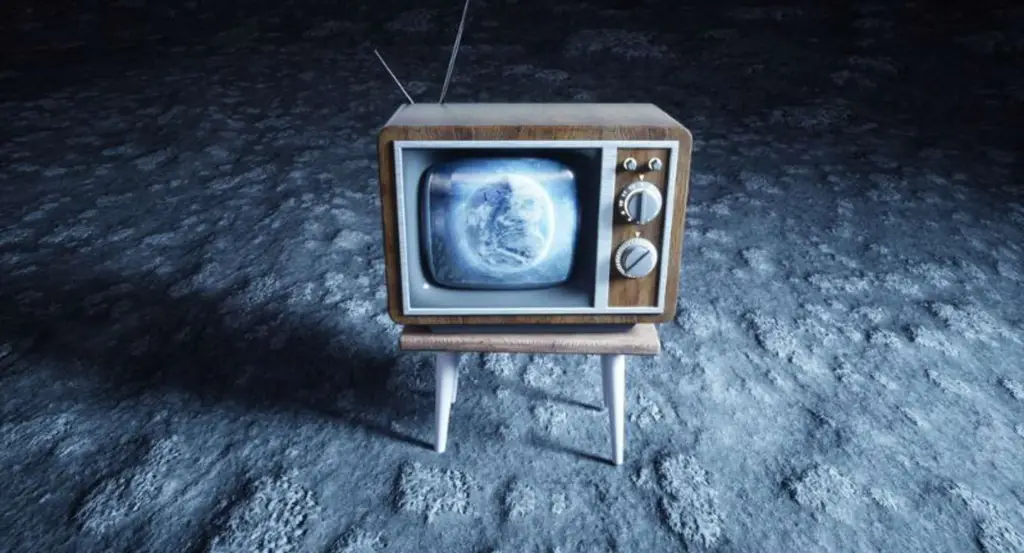
Millions of people around the world watched the live broadcast of the 1969 Apollo 11 moon landing, which was a huge event. As Neil Armstrong took his famous first steps on the moon, families gathered around their TVs to watch. It was a momentous event in human history. The event made people proud of their country and showed how advanced technology and exploration were. Watching a live broadcast of such an important event as this is something that today’s on-demand media society can’t fully recreate.
Read More: Gen Z TikToker Shares Things Millennials Do That Give Away Their Age
20. Cold War Scares
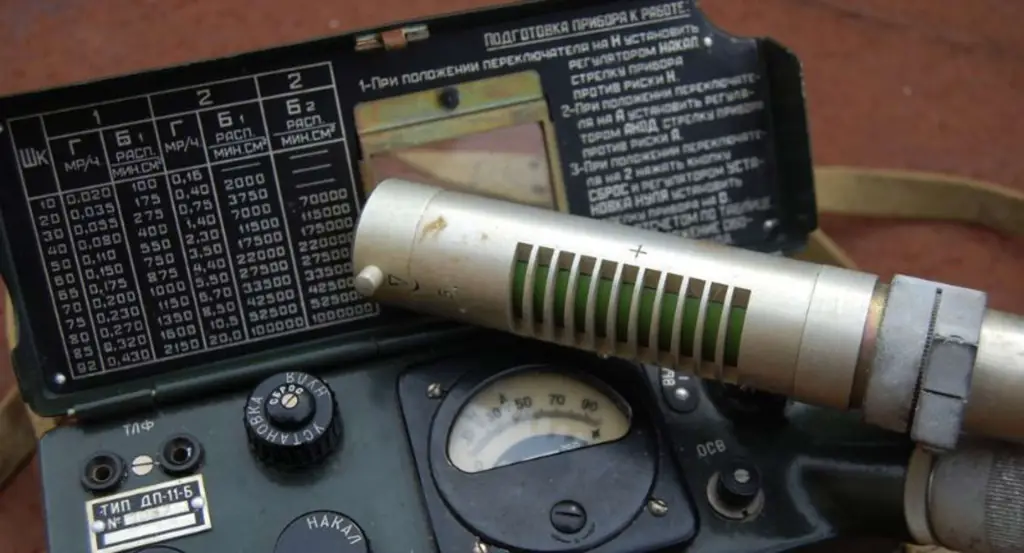
People all over the world felt afraid and unsure during the Cold War because of the ongoing nuclear standoff between the US and the USSR. Every day, things like bomb drills and fallout shelters were used to get ready for the chance of a nuclear attack. Schools and public buildings often held drills. The threat of destroying the whole world changed politics, society, and people’s personal lives, shaping the way a generation saw the world. For people who went through it, the Cold War wasn’t just a political conflict; it was always there, ready to get worse at any time.
21. TV Sign Off
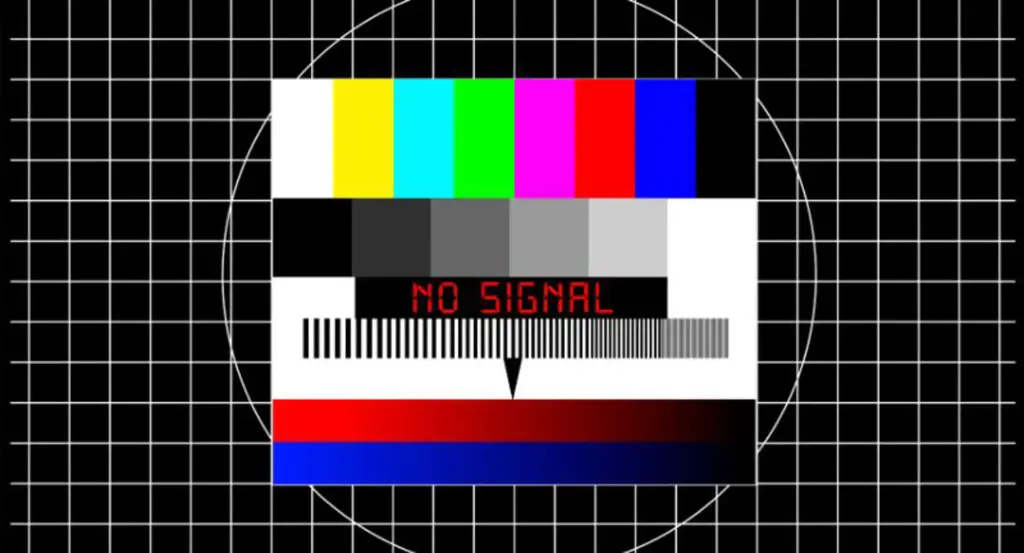
There was a time when TV wasn’t on all the time; stations would turn off at a certain time, usually late at night, ending the program day. After the sign-off, there would generally be the national anthem and static or a test pattern until the next morning, when programming would start again. In contrast to today, when people watch TV and movies all day, this rite marked the end of the day’s entertainment for everyone. TV sign-offs are a thing of the past now that there are so many streaming choices and channels that show all the time.
22. Encyclopedias

Before the internet, encyclopedias were the best source of information for homework and study. They had a lot of information in many volumes. In the past, students and writers would spend hours turning pages to find what they were looking for. Today, we can search for anything instantly. Many people thought that having a full set of encyclopedias was an investment in their education, so they put them in a visible place in their homes. Putting together information from different sources was a slow process that taught me patience and how to cross-reference.
23. Rotary Telephones
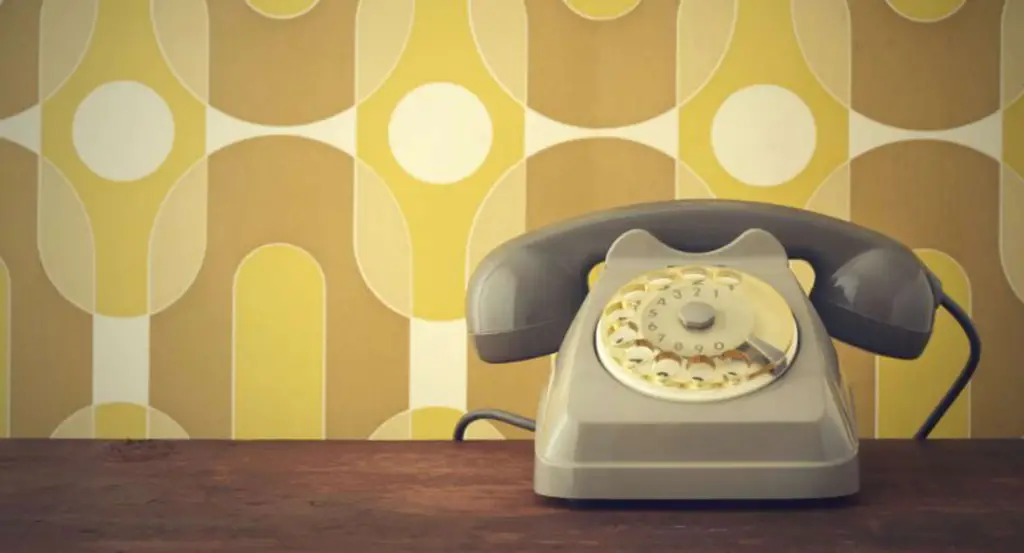
Generation Z is used to iPhones and touch screens, so the days of rotary phones seem like a long time ago. To use these phones, people had to turn a circular dial to call each number. This took a long time, especially for lines with digits close to the end of the dial. There was no “redial” button, so if you made a mistake, you had to start the calling process all over again. An important part of making a phone call was the feeling of dialing and the expectation of the rotary returning to its starting position.
24. Typewriters

Text editors and typewriters were the main tools for making papers before computers and printers came along. To make a letter, you had to press a key that physically hit an ink line on the paper. This was a very precise and skilled process that had to be done right the first time. Because typewriters didn’t have a “delete” button, correction fluid was needed to fix mistakes. The way the keys felt on the paper and the sound they made when they hit it produced a writing atmosphere that modern devices can’t match.
Conclusion
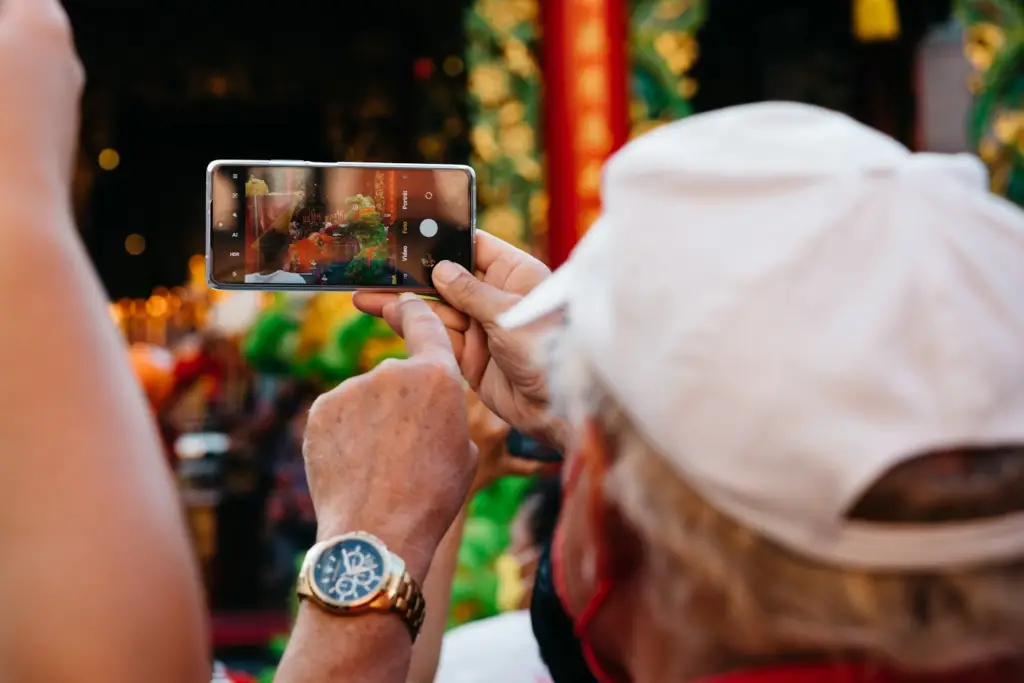
Looking back at these pictures of Baby Boomer life makes it clear how much our world has changed in just a few decades. The differences between then and now show not only how technology has changed, but also how social norms, contact methods, and entertainment habits have changed. These short stories are a warning of how quickly things change, and they make you think about how each generation deals with the problems and new ideas of its time. Understanding these past events makes Generation Z appreciate the present more, bridging the gap between generations through shared human experiences, even if seen through different views.
Read More: Millennials Fight Back After Gen Z Try To Cancel Eminem
This content has, in part, been generated with the aid of an artificial intelligence language model. While we strive for accuracy and quality, please note that the information provided may not be entirely error-free or up-to-date. We recommend independently verifying the content and consulting with professionals for specific advice or information. We do not assume any responsibility or liability for the use or interpretation of this content.
